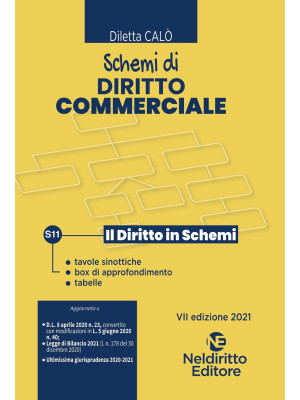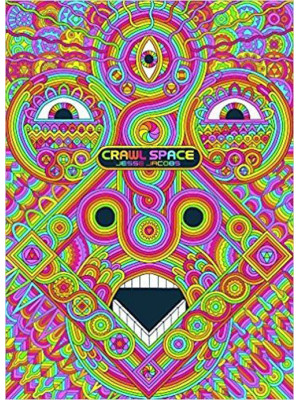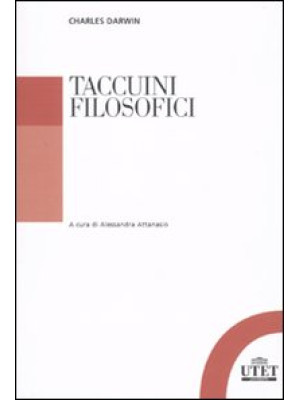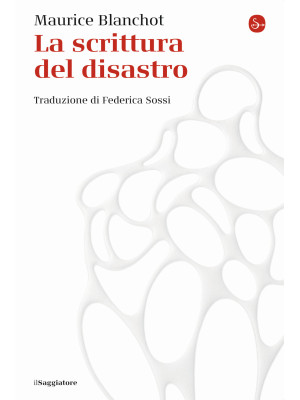Tab Article
The book introduces and describes the theory and the practice of System Design for Sustainability (SDS) - the design of such systems of products and services, which would be jointly capable of satisfying specific needs and desires of the customer, and related innovative stakeholders' interactions, leading towards eco-efficiency, social equity and cohesion. The first chapter introduces the conceptual framework, the meaning of sustainable development, and within that concept the need for so-called system innovation. The second chapter describes the role of design and the evolution of sustainability in it. It introduces the main notion of product Life Cycle Design (LCD), the concepts of life cycle and functional thinking as well as the main design criteria and guidelines. In the third chapter we will see where and why a product Life Cycle Design approach meets obstacles in traditional supply models of product in industrialised context. In the fourth chapter we will discuss what is so far known about System Design for Social Equity and cohesion (SDSE). How this could be faced by designers and its practical implications. The fifth chapter will describe the Method for System Design for Sustainability (MSDS) and its tools for designers, adopted within the LeNS (Learning Network on Sustainability) project, funded by the European Commission.
































